Top Things to Know Before Buying a Log Cabin Shed
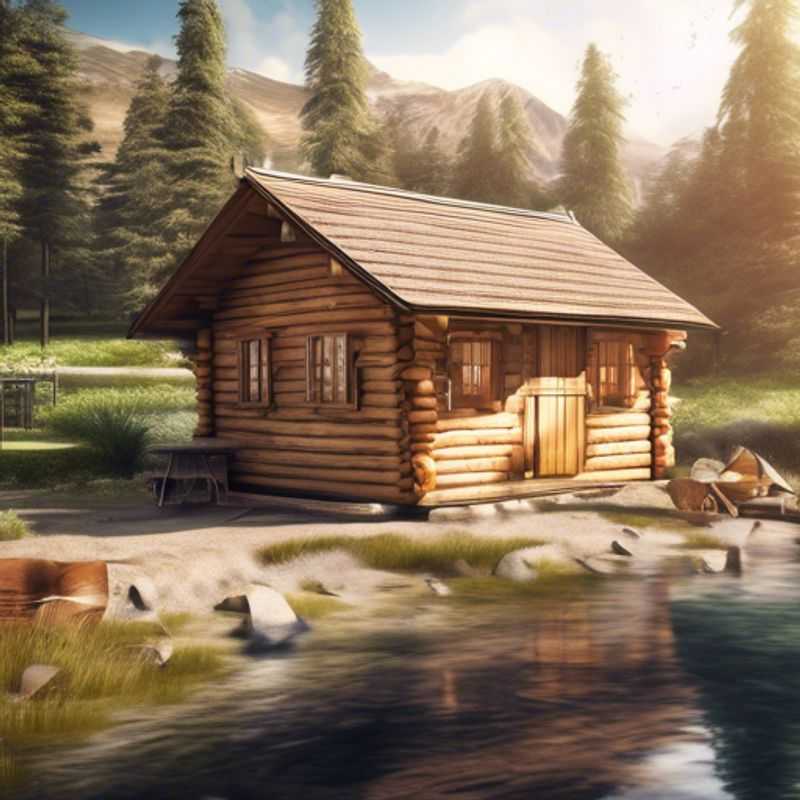
Top Things to Know Before Buying a Log Cabin Shed: Size, Materials, Foundation, Assembly, Warranty, Weather Resistance, and Permits
Planning to add a charming log cabin shed to your backyard?
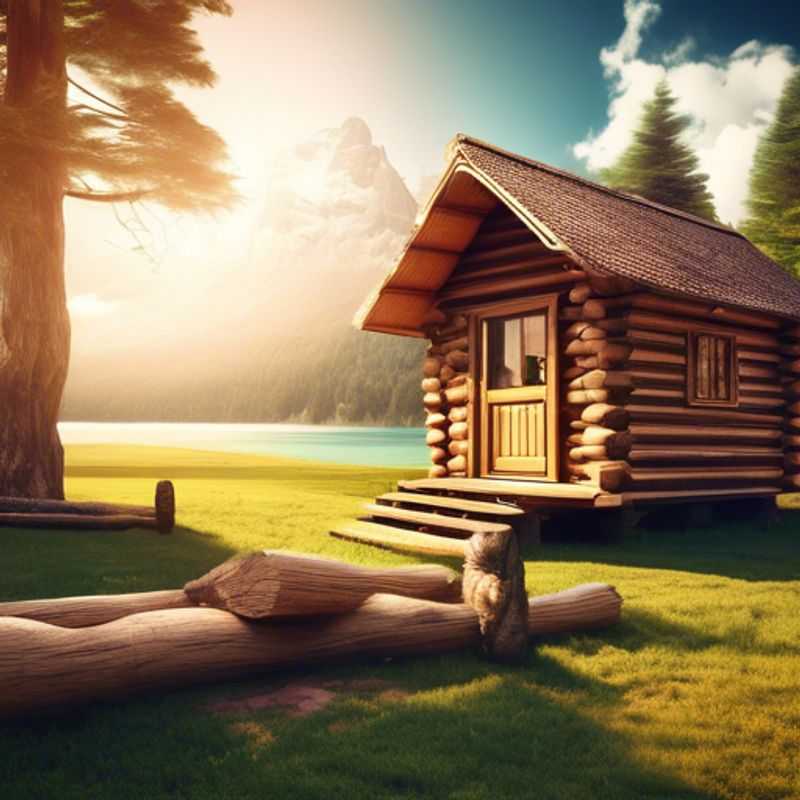
Sizing Up Your Backyard: Understanding the Dimensions for Your Dream Space
Planning your dream backyard? Understanding the size and dimensions is the first step. It's crucial to get this right, as it impacts everything from layout to functionality.
Start by measuring the entire area. Use a measuring tape to get accurate dimensions. If you have any awkward shapes or existing structures like fences or sheds, note their sizes too.
Once you have your measurements, sketch out your backyard space on graph paper or use a free online planning tool. This allows you to visualize how you want to use the space.
Consider what you want to include: a patio, a fire pit, a garden, a play area, a pool, or even a hot tub? Every element needs space. Don't forget about walkways and pathways for easy movement.
Remember, you'll need some wiggle room, too. It's best to have at least 3 feet of space around all elements for easy access and maintenance.
Remember, professional help is always an option. Landscape architects and designers can guide you through the process and create a beautiful, functional backyard space.
Now, with a clear understanding of your backyard dimensions, you can start designing your dream outdoor oasis!
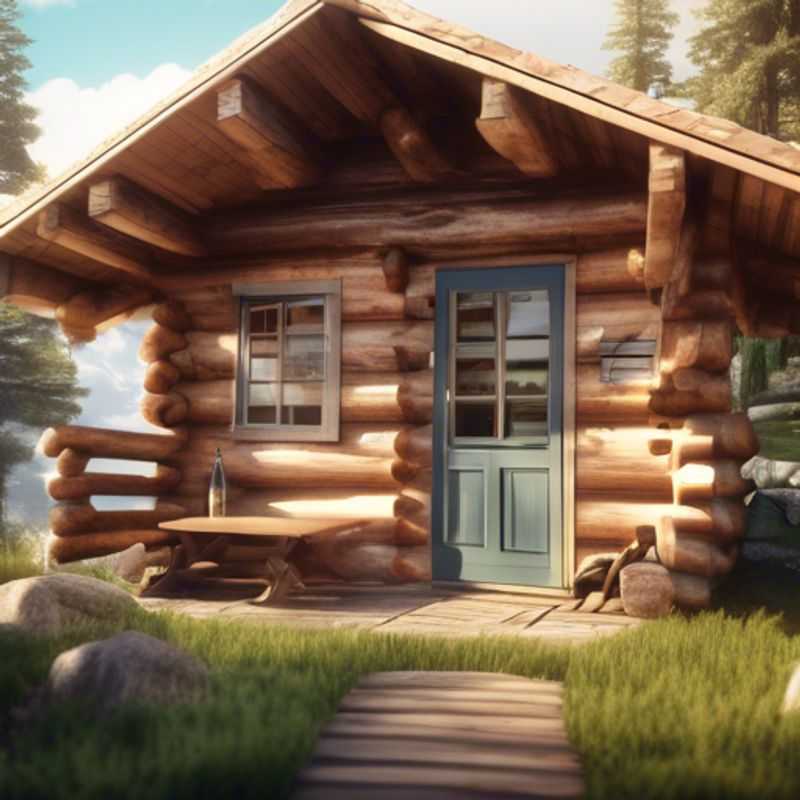
Log Cabin Sheds: Understanding the Materials for Lasting Quality
Building a log cabin shed is a great way to add extra storage space to your property. But before you start, it’s important to research the materials used in log cabin shed construction.
The most common types of logs used in log cabin shed construction are:
Pine is a popular choice for log cabin shed construction due to its affordability and availability. It is a softwood that is relatively easy to work with.
Cedar is another popular choice for log cabin shed construction. It is a durable hardwood that is resistant to rot and insect damage. Cedar also has a pleasant aroma.
Spruce is a strong and lightweight wood that is often used in log cabin construction. It is also relatively affordable.
When choosing logs for your log cabin shed, you’ll need to consider factors such as the size and weight of the logs, the type of wood you want to use, and your budget.
In addition to the logs themselves, you will also need to consider the following materials:
Foundation: A solid foundation is essential for any log cabin shed. You can choose from a variety of foundation types, such as a concrete slab, a pier foundation, or a crawl space foundation.
Roofing: The roof of your log cabin shed will need to be strong enough to withstand the weight of snow and rain. You can choose from a variety of roofing materials, such as asphalt shingles, metal roofing, or cedar shakes.
Siding: The siding of your log cabin shed will protect the logs from the elements. You can choose from a variety of siding materials, such as wood siding, vinyl siding, or fiber cement siding.
Windows and doors: Windows and doors will add light and ventilation to your log cabin shed. You can choose from a variety of window and door styles to match the style of your shed.
Hardware: You will need to purchase hardware such as hinges, door handles, and locks.
Insulation: If you plan to use your log cabin shed year-round, you may want to add insulation to the walls and roof.
When planning your log cabin shed construction, be sure to factor in the cost of all the materials. The price of materials will vary depending on the type of wood you choose, the size of your shed, and the location where you are building.
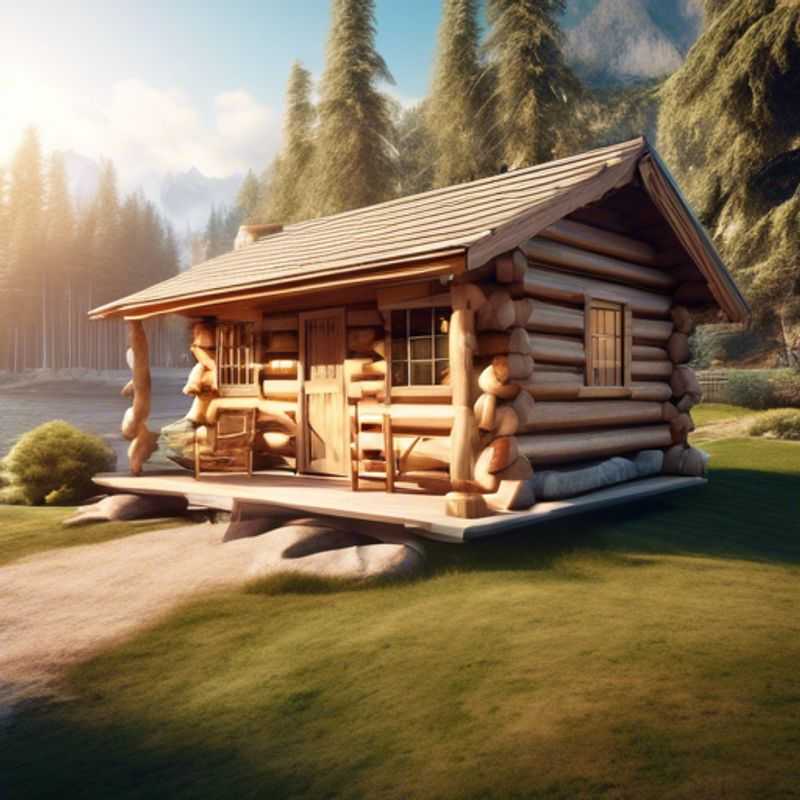
Laying the Groundwork: Essential Site Preparation for Success
When building a website or application, you need a solid foundation. Think of it like building a house: a strong foundation ensures stability and longevity. This is where foundation requirements come in.
Foundation requirements are the essential elements that need to be in place before you start constructing your website or application. These include:
• **Server Selection:** You need a reliable server that can handle the traffic and resources your website or application needs. Consider factors like speed, uptime, and security.
• **Domain Name:** Choose a domain name that is relevant to your website or application and easy to remember.
• **Hosting Plan:** Choose a hosting plan that meets your specific needs. Factors to consider include storage space, bandwidth, and security features.
• **Content Management System (CMS): A CMS makes managing your website content easier. Popular choices include WordPress, Drupal, and Joomla.
• **Development Tools and Technologies:** Choose the right tools and technologies based on your website or application requirements. This may involve coding languages, frameworks, and databases.
Once you have these foundation requirements in place, you can start preparing your site. This involves:
• **Website Design:** Create a visually appealing and user-friendly design.
• **Content Creation:** Develop high-quality content that is relevant to your target audience.
• **SEO Optimization:** Optimize your website for search engines to improve visibility and organic traffic.
• **Security Measures:** Implement security measures to protect your website and user data.
• **Testing and Deployment:** Thoroughly test your website or application before launching it live.
By investing in a solid foundation and taking the time to prepare your site, you can ensure a successful launch and a strong online presence. Remember, a good foundation is essential for building a lasting online presence!
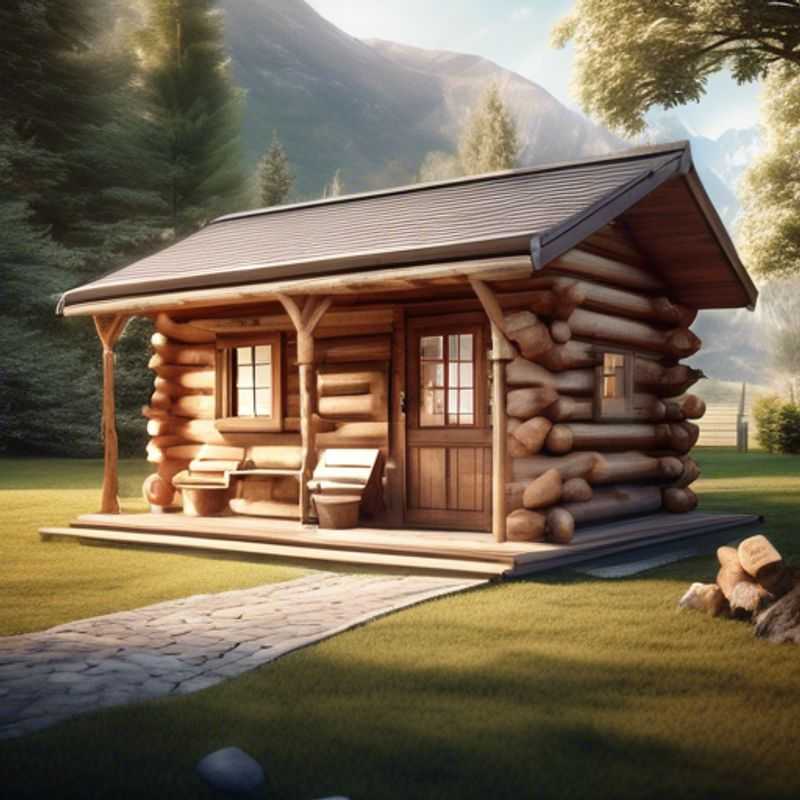
Assembly Made Easy: Evaluating Ease of Assembly and Tool Requirements
When evaluating the ease of assembly and tools required for installation, several key factors come into play. First, consider the complexity of the assembly process. Products that come with clear, step-by-step instructions and labeled parts tend to be easier to assemble. Look for items with pre-drilled holes and modular components that simplify the process. Additionally, the time required for assembly is crucial; most products will specify an estimated assembly time, helping you plan accordingly.
Next, identify the tools required for installation. Common tools may include a screwdriver, hammer, or wrench, but some products might need specialized tools. Check the product specifications or user manual for a complete list of necessary tools. This will prevent any surprises during assembly and ensure you have everything on hand.
It's also important to consider additional costs that could arise. For example, if a product requires specific tools that you don’t already own, you will need to factor in those expenses. Similarly, if the assembly process is complex, you might consider hiring a professional, which could add to your overall budget. Always account for these potential additional costs in your planning.
In summary, when evaluating the ease of assembly and tools required for installation, focus on the complexity of the product, the tools needed, and any additional costs that may arise. This approach will help ensure a smooth assembly experience.
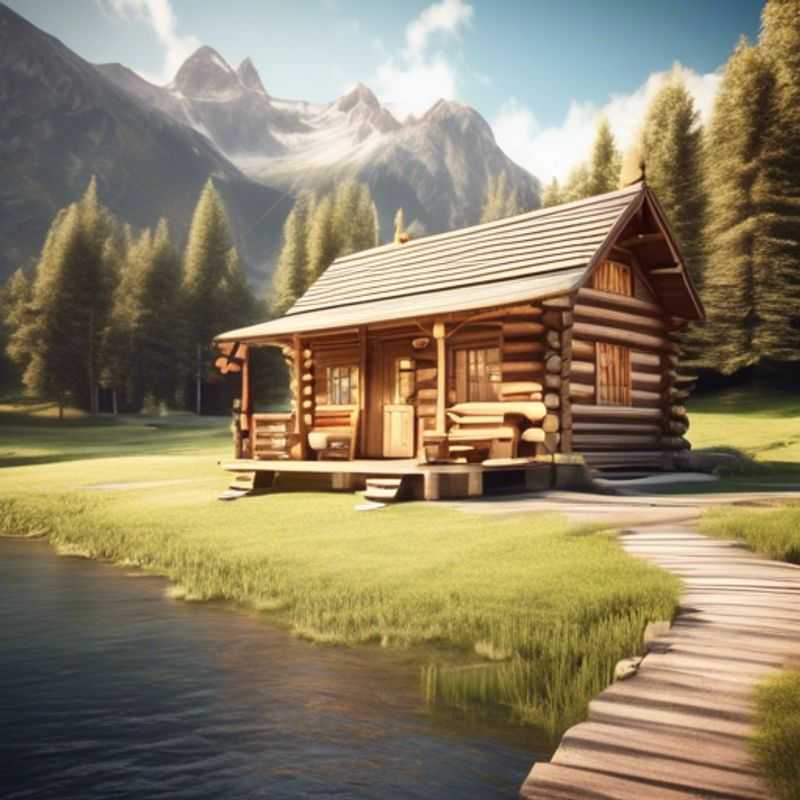
Warranty and Support: What to Look for When Choosing a Product
Before you buy any workflow product, it's wise to check the warranty and customer support offered by the manufacturer. This gives you peace of mind and helps you decide if their product is right for you.
Look for a warranty that covers defects in materials and workmanship. The warranty period should be reasonable, typically a year or more. Some manufacturers offer extended warranties for an additional fee, which may be worth considering depending on the product's cost and your usage.
Check the customer support options provided. Do they offer phone, email, or chat support? Are there online resources like FAQs and tutorials? A good manufacturer will have multiple ways to get help and be responsive to customer inquiries.
Read reviews from other customers to get an idea of the manufacturer's customer service reputation. Look for reviews that mention the warranty and customer support experience. A company with a history of good customer service is a positive sign.
Keep in mind that the warranty and customer support are part of the overall cost of ownership. A longer warranty or more comprehensive support might cost more upfront but could save you money in the long run by preventing costly repairs or downtime.
By carefully evaluating the warranty and customer support offered by the manufacturer, you can make a more informed decision about which workflow product is best for your needs.
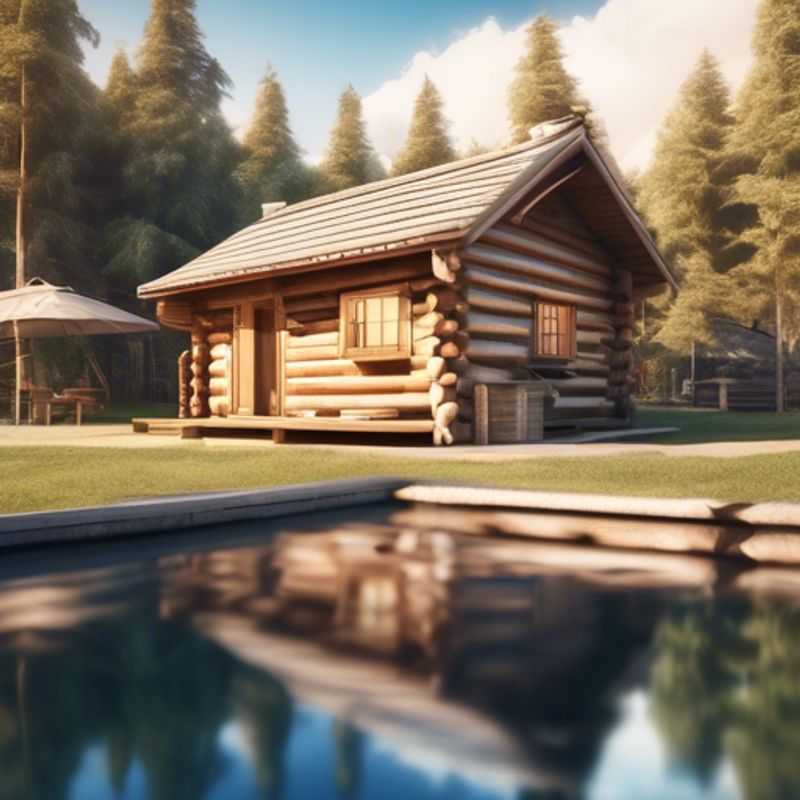
Building a Fortress: Assessing Weather Resistance and Durability in Log Cabin Sheds
Building a log cabin shed is a great way to add extra storage space to your property. But before you start building, it's important to consider the weather-resistance and durability of the materials you'll be using. Log cabins are known for their durability and natural insulation, but they still require proper maintenance to withstand the elements.
Here's a quick guide to help you assess the weather-resistance and durability of your log cabin shed:
Wood Selection: The type of wood you choose will significantly impact your shed's weather resistance. Cedar, redwood, and pressure-treated pine are known for their natural resistance to rot, decay, and insects. These woods are a good choice for a log cabin shed in areas with high humidity or frequent rainfall.
Log Construction: The way the logs are joined together will also impact the shed's durability. Dovetail joints provide a strong and weather-resistant connection, while butt joints are less durable and may require additional sealing.
Roofing and Siding: The roof and siding of your log cabin shed should be designed to shed water effectively. Asphalt shingles are a common and affordable choice for roofing, while vinyl siding is easy to maintain and offers good weather protection.
Sealing and Finishing: Properly sealing and finishing your log cabin shed will help protect it from the elements and extend its lifespan. Apply a high-quality sealant to the exterior of the logs, and consider adding a protective stain or paint for extra weather resistance.
Maintenance: Regular maintenance is key to keeping your log cabin shed in good condition. Inspect the shed regularly for any signs of damage, and reapply sealant as needed.
Remember, these are just a few key points to consider when assessing the weather-resistance and durability of a log cabin shed. If you have any concerns or questions, it's always best to consult with a professional builder or contractor. They can provide you with specific advice tailored to your location and climate.
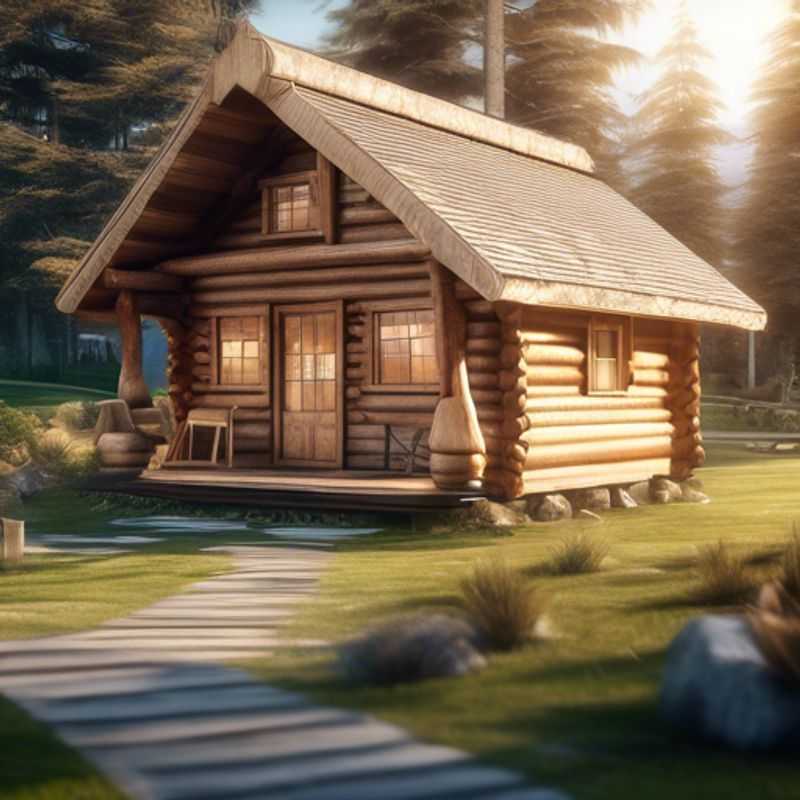
Navigating Local Permits and Regulations: A Guide for Your Project
Before starting any project, it’s crucial to understand the local regulations and obtain the necessary permits. These can vary widely depending on your location, the type of project, and its scope. Failure to comply can lead to fines, delays, or even project cancellation.
Here's a general guide, but always check with your local authorities for specific requirements:
Building permits are often required for construction, additions, or major renovations. These may involve fees based on the project's size and complexity.
Zoning permits ensure projects comply with local zoning laws, covering aspects like land use, building height, and setbacks. They might involve inspections and reviews.
Environmental permits are necessary if your project impacts the environment, such as tree removal or wastewater management. They involve environmental impact assessments and may include fees.
Business licenses are often required for commercial activities, including stores, restaurants, or service businesses. They typically involve fees and periodic renewals.
Other permits might be needed depending on your project, such as electrical, plumbing, or fire safety permits. These are often associated with specific trades and involve inspections and fees.
Always consult the official website or visit the relevant local authority to access specific information, forms, and fees for your project. This will save you time and potential headaches down the line.
